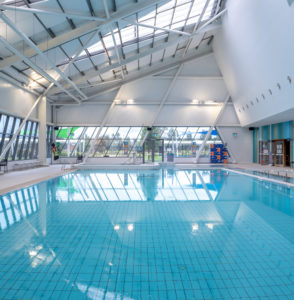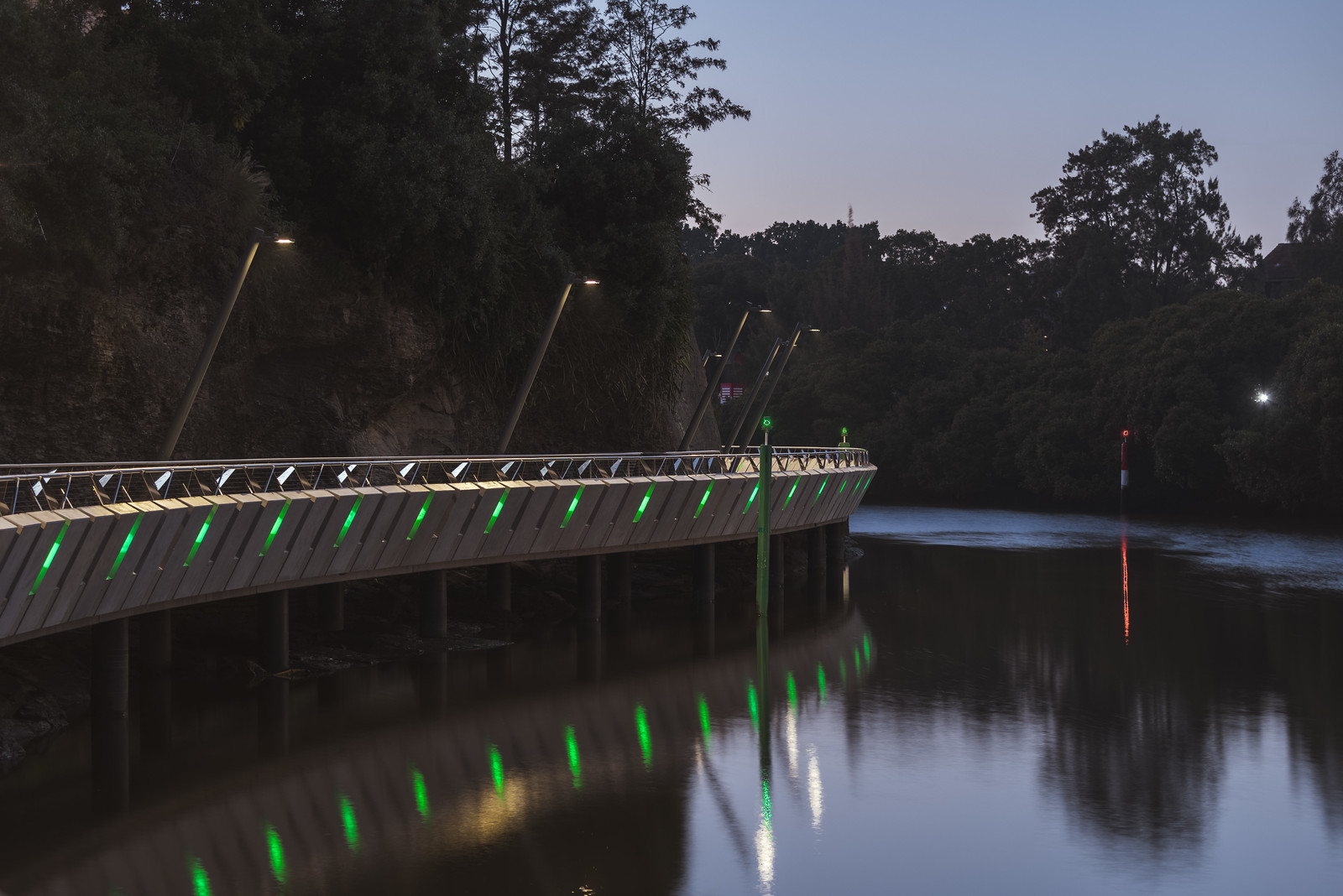
LEARN
Lighting public open spaces more essential than ever
Words by: WE-EF
The need for people to be able to get outside, breathe and enjoy the restorative therapy that fresh air provides has never been more vital. As the world around us remains tightly gripped by the COVID-19 pandemic that repeatedly sees many of us confined to our local postcodes via lockdowns, getting amongst nature is one of our few freedoms. Even as each lockdown ends, the requirements to ensure caps to density limits and social distancing within indoor environments, sees a greater need for ensuring outdoor environments are available.
The challenge: Meeting the needs of communities, sustainably
State and federal governments are all investing significantly into open space strategies and infrastructure, and in unison, the effects of artificial light on the environment continue to garner a greater understanding and thoughtfulness, demanding that new projects and upgrades to existing projects, provide lighting that is environmentally sensitive, respecting the beauty that exists in darkness, whilst balancing the needs of the space and the people occupying it.
As lighting technology continues to evolve and become smarter, there is a notable positive transition towards the adoption of warmer colour temperatures and to the use of clever controls that ensure light is placed only where and when it is needed for human inhabitants. There is a greater understanding that brighter does not equal safer, that ambience is important and can be achieved via clever layering strategies and that the quality is of much higher importance than quantity when it comes to light output and number of luminaires.
When it comes to designing lighting for public open spaces, the considerations are vast, they can include (amongst more) things like:
Considerations for Lighting Public Open Spaces
1. How people use the space
Understanding how a space is used by the beings occupying it both during the day and at night is important to the lighting strategy. Some public open spaces contain playgrounds that are really only used during the day, some contain walking paths or bike paths that are used by pedestrians and/or cyclists from the early hours pre-dawn, to late evening after dark, others BBQ spaces and picnic spaces where friends and families may gather well into the evening.
Whatever the usage, clever lighting design will focus on ensuring a functional space via effective illumination while carefully evaluating all other design considerations below. Consultation with the community and ensuring concerns and expectations are managed with public open spaces is essential to delivering successful outcomes.
2. Fostering healthy biodiversity, minimising light pollution
With light pollution the fastest growing pollutant around the globe, it is critical to understand the ramifications of over lighting. Cognisant of the reality that artificial light is only added to an area for people, minimising light pollution and supporting ecosystems (flora and fauna) are a huge part of our social responsibility in this era.
Wildlife are largely disrupted by UV/violet/blue light, particularly migratory species such as turtles, penguins, bogong moths. Blue light can change their behaviour, psychology, impact survivorship and reproductivity and as a biproduct, affect the availability of habitat or food resources.
Artificial light actually alters biochemical / circadian rhythms, not only in wildlife, but for humans too. And of course, light pollution increases greenhouse gasses and our carbon footprint, this means that in public open spaces, there is a strong need to limit the amount of shorter wavelength (blue-violet light) to the least amount needed and to adopt warmer colour temperatures containing more amber / PC amber.
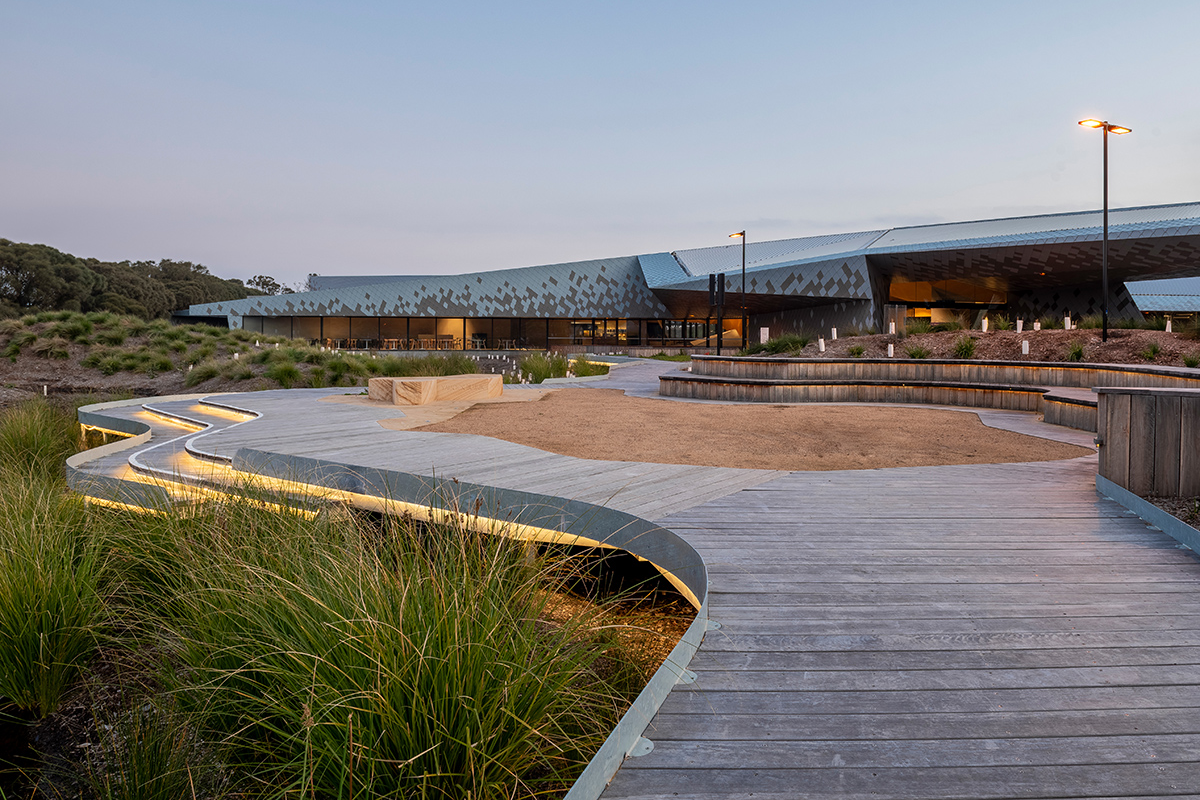

3. Becoming smart with lighting controls and minimising upward spill
Clever, environmentally sensitive lighting design relies heavily on ensuring light is only placed and directed to where and when it is needed with precision.
Scheduling luminaires for operation only when people are expected to use the vicinity is valuable here. Better yet, adopting clever solutions utilising motion detection technologies that enable on-demand dimming up and down can both ensure safety for people and minimise disruption at night to local wildlife.
Of course, controlling and directing light is also of critical importance and the quality of the optics and available additional accessories such as backlight and uplight shields can have a significant impact on this. Minimising light spill can be achieved by using luminaires which do not emit any upward light. In terms of reducing sky glow, the critical zone to avoid is 0 – 30 degrees above the horizontal.
Referring to ADSA (Australasian Dark Sky Association) for approved luminaires under their night sensitive lighting classifications can be extremely beneficial.
The use of hybrid optics is another potential solution within which one luminaire can be customised with a combination optics targeted at minimising disruption to wildlife and use of a warmer colour temperature paired with optics meeting the needs of the people inhabiting the space.
4. Safety and the risk of crime
Historically there was an assumption that brighter light equalled an enhanced feeling of safety. However, modern approaches to lighting design are dispelling this myth and giving much greater focus to the quality and layering of lighting.
Recent studies, such as a collaborative study between Arup and XYX Labs at Monash University, investigated how and why women in their cities don’t feel safe.
Their findings confirmed that high illuminance (or very bright / overlit spaces) does not correlate with young women’s perceptions of safety. In fact, the study found that spaces with warmer colour temperatures are perceived as safer. Consistent and layered lighting – where there are multiple light sources and where surfaces with different reflective values are taken into consideration, is what makes women feel most safe. This is due to the reduced “floodlit effect”- the sharp drop-off of light beyond the path, and the potential for glare and contrast to blind and disorientate is seen as a threat. The study also confirmed that women preferred a high-quality LED light that enabled them to distinguish shapes and colour, helping to create a sense of safety.
Essentially, it is important to recognise that vertical illumination on people’s faces is as important as the horizontal at ground level; seeing people moving within the space is far easier when lighting is layered, and vertical and horizontal planes are addressed.
5. Surroundings and aesthetics – rural, urban, heritage etc.
The context and location of the public open space is of significance to lighting design; in an urban setting, there may be a trend towards a more modern, sleek type of luminaire, versus an area that is perhaps within a heritage listed overlay may demand a style of a product that blends in with the surrounds rather than standing out too much.
The same holds true for the poles within the area; it is quite common for there to be a desire for poles to blend into the surrounds rather than to be an eyesore and sometimes to limit the use of the number of poles and use multi directional luminaires from the poles that are erected.
In terms of surrounding nature, the size, shape and maturity of trees and plant life in the space is important to the placement of luminaires and it is important to future-proof anticipating growth.
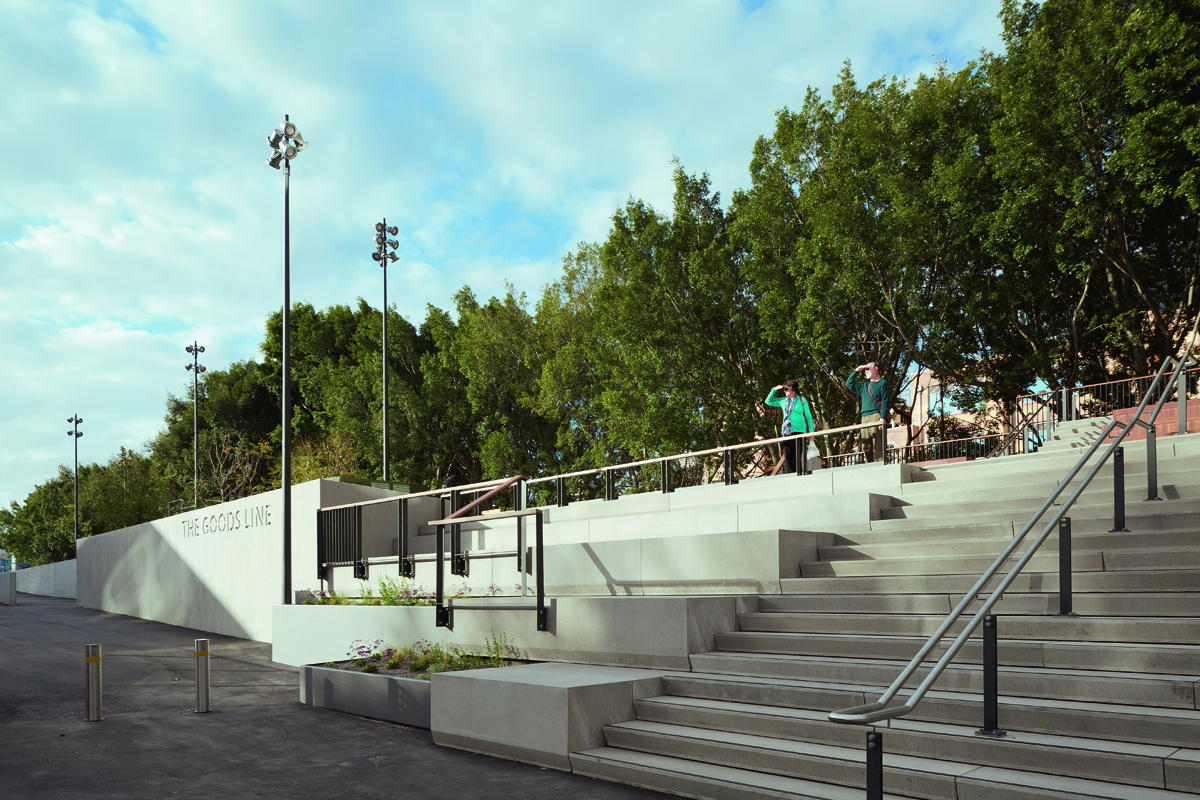
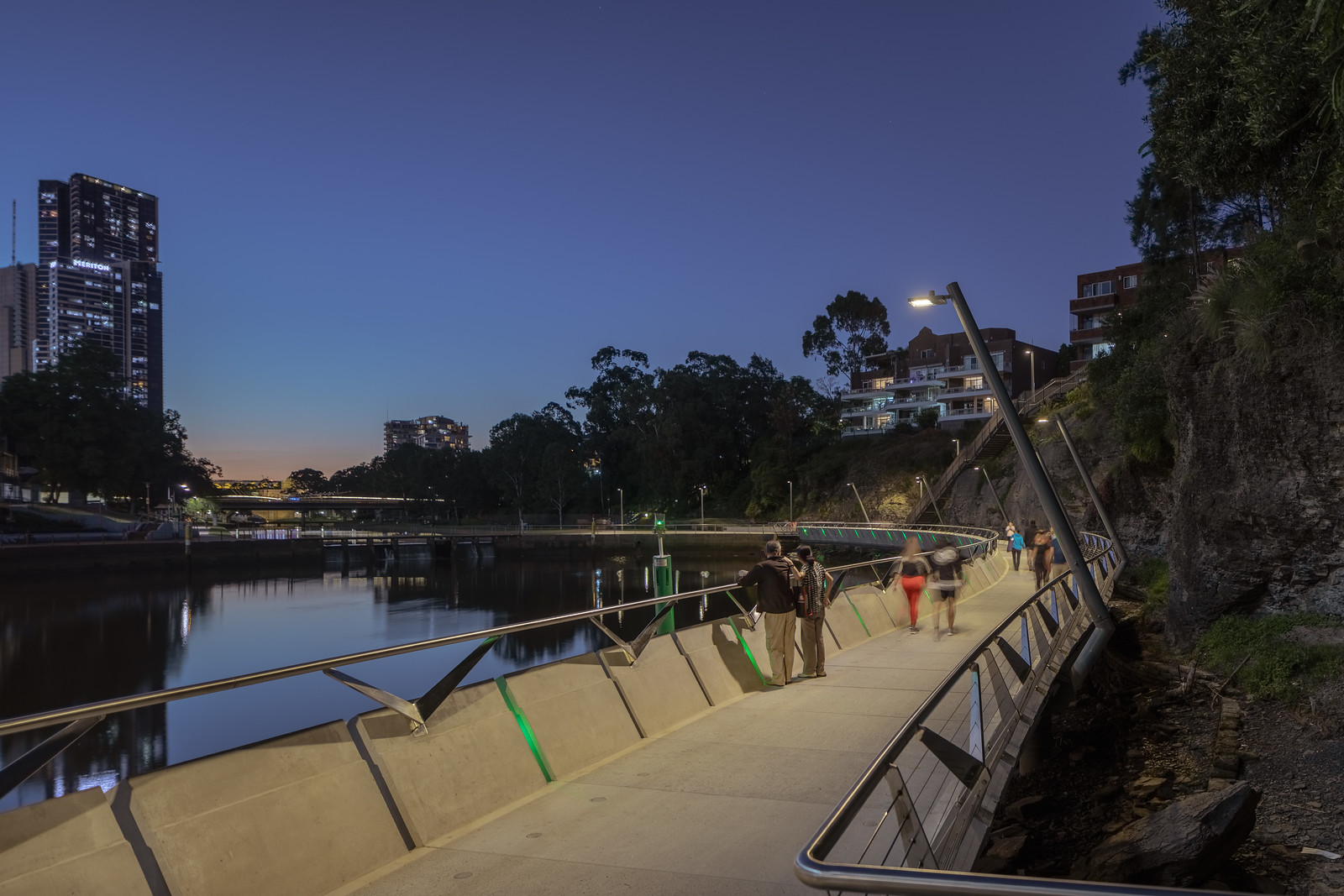
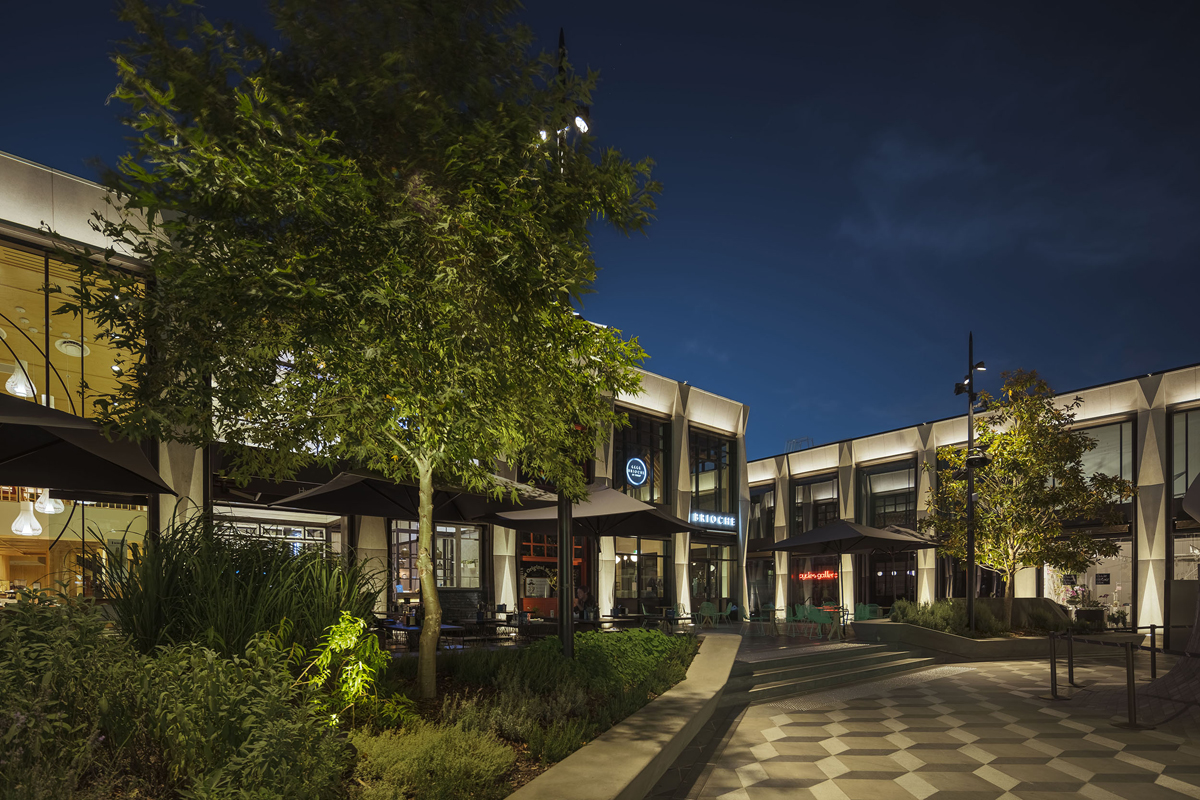
6. Balancing commercial balance between cost, quality, maintenance and energy efficiency / sustainability.
From a pragmatic perspective, there is always a budget to each project that will determine to some extent, creative scope and define parameters.
The higher quality the luminaire the less maintenance, the higher the IK rating and resistance to vandalism and the longer lasting the fitting will perform for; but with quality comes a higher price, and this must be weighed up accordingly for each project. There are always multiple objectives, but ensuring all light has a clear purpose and that light is no brighter than is necessary cannot be ignored in the modern era.
Choosing luminaires composed from recycled materials that are almost fully recyclable at the end of the product’s life, all adds to the environmental sensitivity. Products with Environmental Product Declarations (EPDs) are certified for their recyclability properties. Learn more here
7. Meeting National Lighting Standards
Each project must be compliant with lighting standards for the location; these include the National Construction Code (NCC), WorkSafe Health and Safety regulations, council / government regulations and guidelines, maintenance and maintenance schedules.
In Australia, ensuring compliance with 1158 (external lighting) and 4282 (obtrusive lighting) is a basic requirement of any effective lighting design.
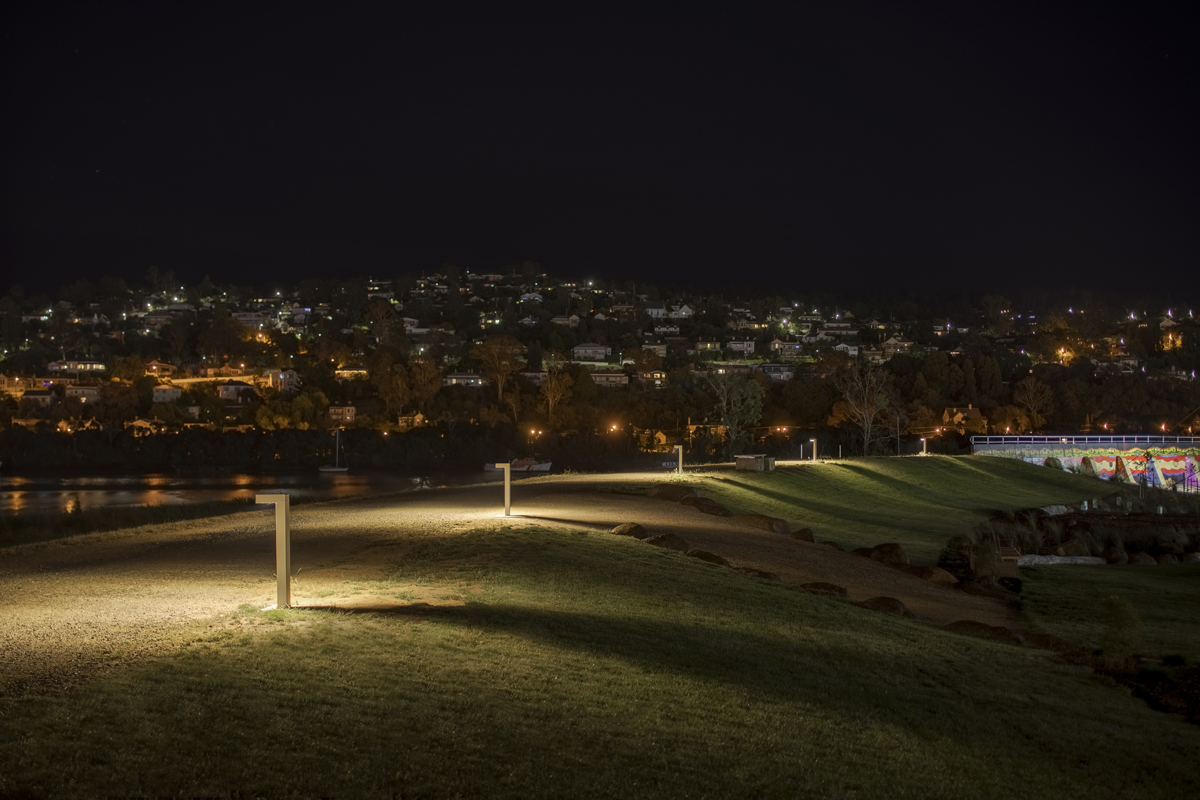
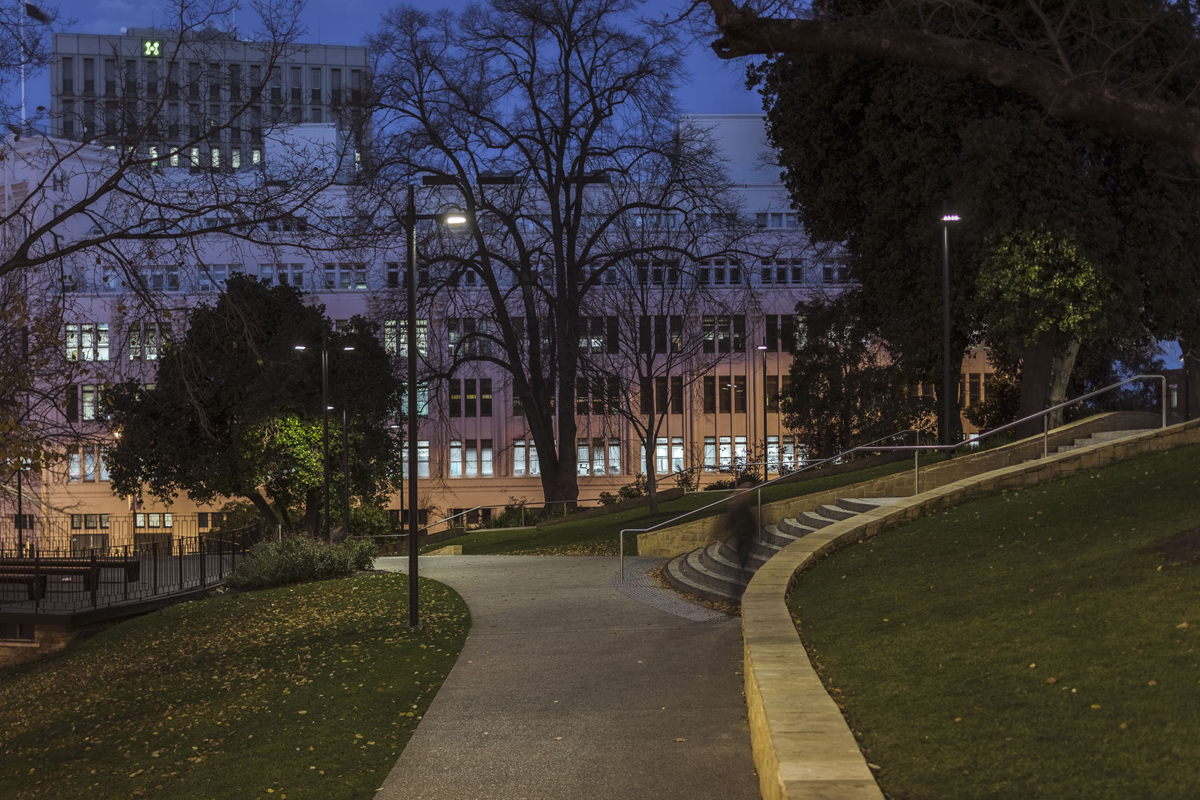
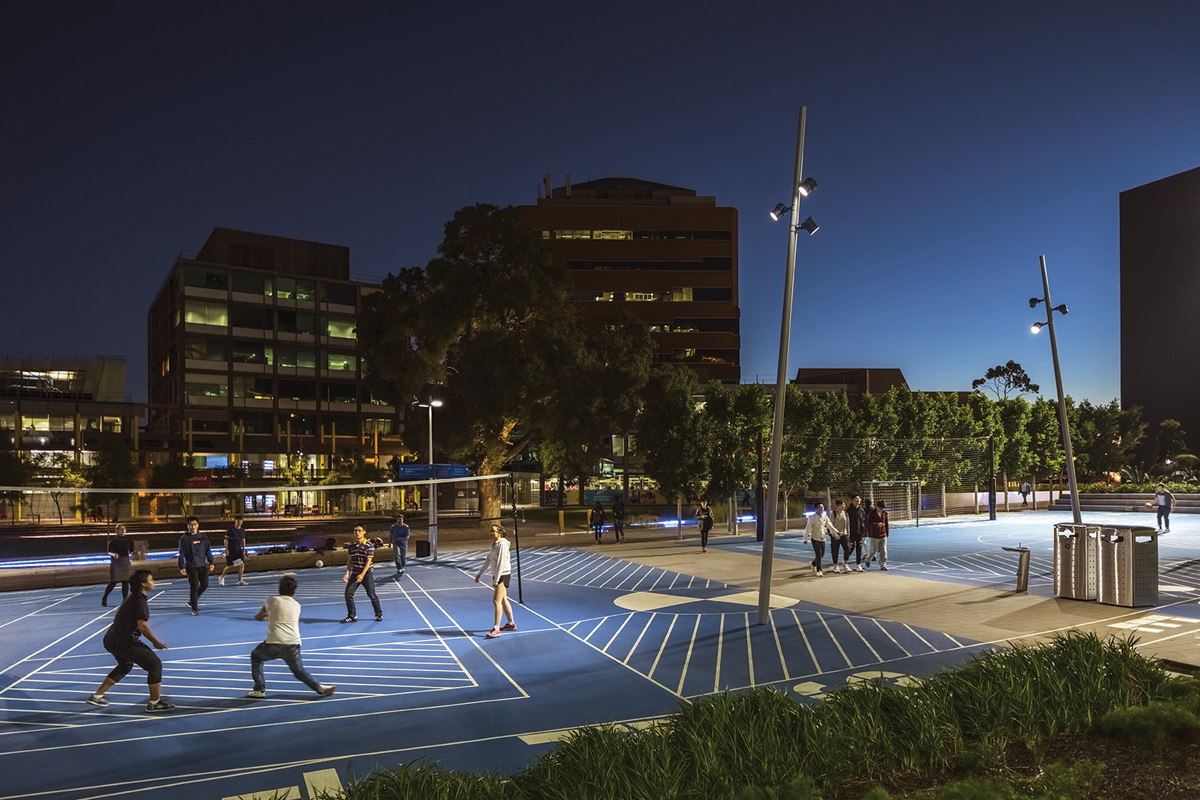
Photography: WE-EF, Penguin Parade Visitor Centre, Jackie Chan

